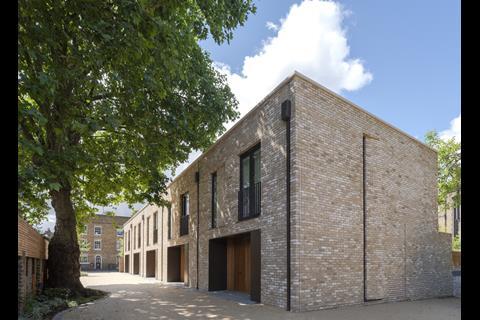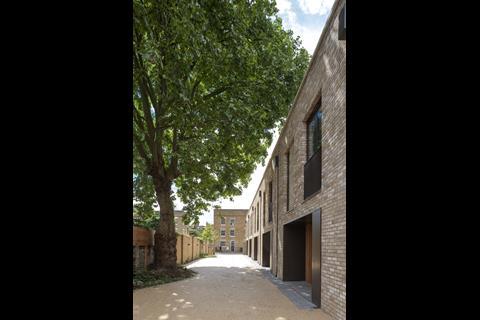Our cities provide a wealth of opportunities for new housing on overlooked sites. But we need supportive planners to realise their potential, writes Malcolm Crayton

Urban densification via the development of smaller brownfield sites could and should be assisting in the delivery of the huge numbers of new homes that need to be built. When done well, these developments can add greatly to the richness of an existing urban community, mending and enhancing the quality of the local built environment.
Delivering projects on these typically highly constrained sites can though be a major challenge. Often they are frustrated by high relative costs, local opposition and a lack of pragmatism from planning officers, who sometimes seem more focused on ticking boxes than engaging with the realities of delivering the new homes that their own local authority policies pledge to deliver.
Success often therefore comes down to having a supportive planning officer and a client with a long-term interest in the land, who is prepared to make the necessary investment and to take the long view.
Our client for a recently completed development of six new homes for rent in south London was the Walcot Foundation, a local landowning charity in Lambeth. They saw an opportunity to supplement the rental income generated by their existing estate of mainly 19th century houses, the funds from which go towards their direct grants to local good causes.
Demand for build-to-rent homes remains high right across the UK. Diversification to include larger four bedroom homes like these highlights how the sector is evolving. The first tenants of the Walcot Foundation’s new houses, which have been designed with flexibility for occupation by families or groups of sharers, are reflective of the range of people now renting rather than owning their homes.
Sandwiched between the rear gardens of a grand terrace of Georgian houses to the west and the Victorian terraces of Walcot Square to the east, the narrow site in the Walcot Square Conservation Area presented a number of challenges for development. These included the historic context, the extensive root protection zones of several mature trees, ground contamination and overlooking.
The completed scheme, which had faced a groundswell of orchestrated NIMBY opposition has now won the majority of the neighbours around and is a tribute to our client’s commitment to the lengthy and difficult development process and to building something of lasting quality. It is also, significantly, reflective of the consistent support of planning and conservation officers who had the imagination and confidence to consider solutions that went beyond their guidelines.
David Sim’s and Jan Gehl’s writings offer a beguiling and realisable vision for high density sustainable urban communities. Rather than losing more and more of our countryside to new housing it seems crazy not to be putting more focus on densifying our existing towns and cities, making better more sustainable use of resources and bringing life back into places that are losing their high streets to online retail.
This modest project in Lambeth gives a glimpse of how the successful ‘urban darning’ of smaller brownfield sites could contribute to delivering that vision.
Postscript
Malcom Crayton is director of FORMstudio




















No comments yet